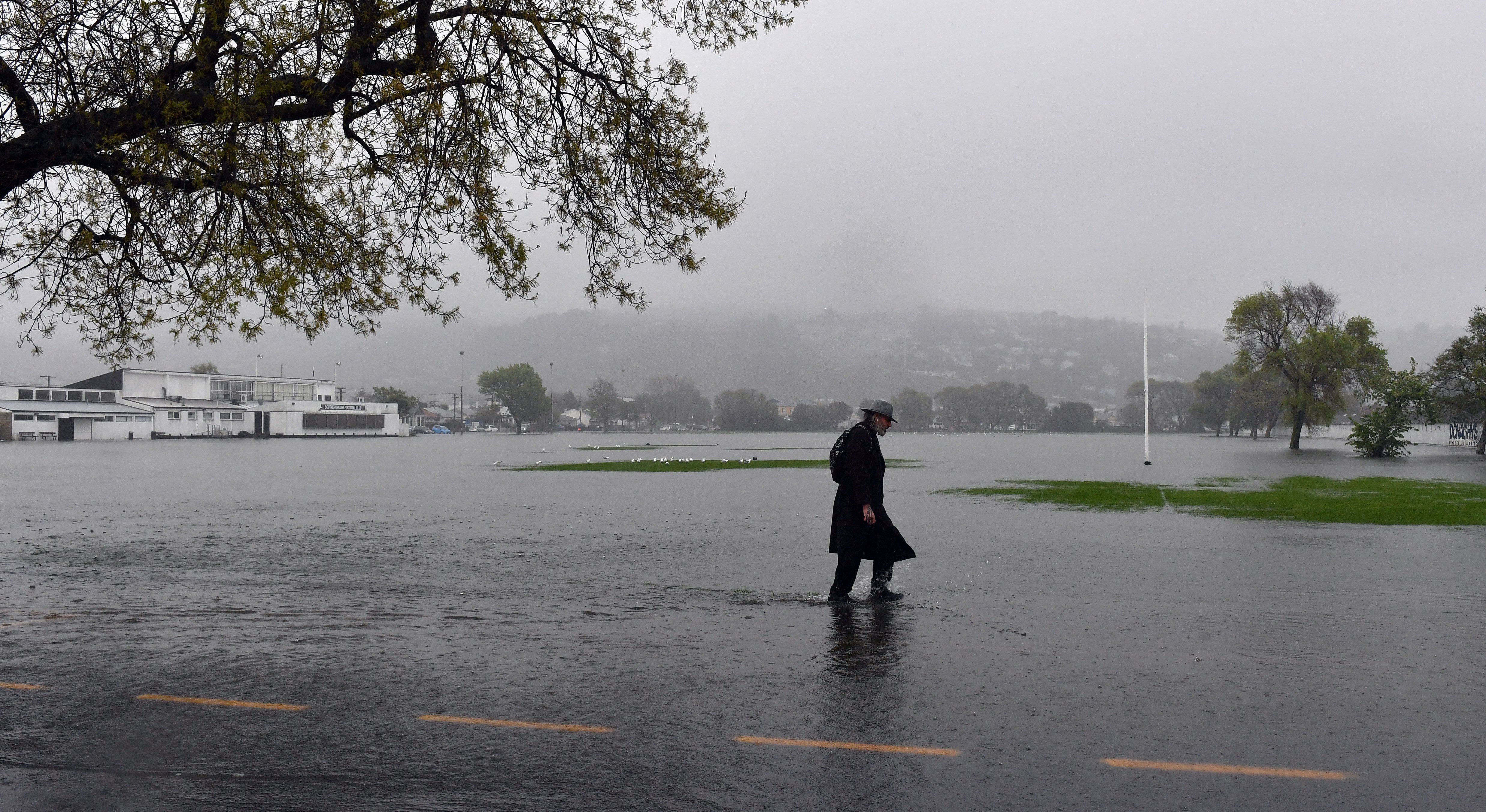
The heavy rains of 2024 show how far Dunedin's flood management has come, Caroline Orchiston, Sophie Bond and Janet Stephenson write.
Almost exactly a year ago, South Dunedin residents were hearing reports from the MetService that a severe weather event was on its way, with intense rain due to hit eastern Otago.
This year also marks 10 years since the 2015 flood that led to major damage to property and livelihoods, an event that still resonates deeply with the people of South Dunedin.
For residents who experienced the 2015 flood, the red weather warning of October 3 last year was a scary prospect. Nine years earlier, the MetService forecast of "persistent rain, heavy at times" turned out to be much worse than predicted.
Over the next day of rain, 1200 homes, many businesses, schools and sports grounds were affected by the worst flooding on record at the time — leading to total cost of $138 million, including $28m in insurance payouts.
In the same year, the parliamentary commissioner for the environment described South Dunedin as the most at-risk urban location in New Zealand due to its low-lying geography, shallow groundwater and rising seas. Thousands of homes, businesses, schools and sports grounds were revealed to lie within 0.5m of sea level.
The day after the flood, the ODT front page quoted the mayor using the M-phrase ... managed retreat.
Needless to say, the community was furious — many were still bailing out water from their houses, garages, schools and businesses. In the months following, community meetings with the council were attended by many angry residents and the relationship between the DCC and South Dunedin people hit rock bottom.
Over the past decade we have learned that talking about moving at-risk communities is incredibly challenging. But it is never OK to talk about it when a community is still underwater. Ever.
The 2015 flood response was criticised by South D residents. Many claimed they had been overlooked, that drains and pumps were not well maintained and that authorities hadn’t anticipated the intensity of the rainfall or helped get the community ready.
In response, the South Dunedin Action Group came together to give voice to the community’s frustration after the flood. They blamed the council for not clearing out mud traps before the storm hit and were angry at the lack of investment in infrastructure to protect them.
At this point, the community’s interactions with the council can be described by three words — angry, adversarial and agitated.
So, the next phase of the DCC’s relationship with South Dunedin could have gone one of two ways and, fortunately, what happened next took the community in a much more positive direction.
Under the leadership of Eleanor Doig, a community champion and advocate with years of experience in communities around New Zealand, the South Dunedin Community Network was established in partnership with the DCC. Eleanor had a vision of the community "staying strong, but working with" the council, an approach that started to bring the community together.
She wanted to encourage everyone in South Dunedin to have a voice, to be heard, so they could shape the future together. The South Dunedin Community Network started hosting regular hui that were open to all. They provided food and invited speakers from the city and regional councils to talk openly and honestly about flood risk.
At these hui, council staff were encouraged to share their work. They didn’t have to know all the answers, but they needed to talk about what they knew so the community could be informed, asked questions and be part of the solution.
In addition, the hui provided a safe space for community members to share their concerns and also their aspirations for the future of South Dunedin. Locals wanted to see South Dunedin thrive as a place that is loved and appreciated by its residents. A sense of partnership began to emerge, South Dunedin Future was born, and the vibe in the community began to change.
Since then, the South Dunedin Future programme, co-led by the DCC and the Otago Regional Council, has continued its foundational commitment to a deep partnership with the community.
The programme is nationally significant — it is showing how long-term partnership and dialogue with communities exposed to natural hazards can build trust and find solutions. Its detailed risk assessments, the use of scenarios of future adaptation and investment, and community engagement in these potential planning pathways has helped to bring people along on the journey.
Recently, the South Dunedin community lost an incredible advocate and champion — Eleanor Doig. She worked tirelessly for her community, and her ability to build community connection and trust laid the foundation for the South Dunedin Future work that followed. We honour her commitment, her love for South D and her leadership.
Experience shows us communities that are well connected, with strong networks and relationships, tend to do better during disruptive events. If you know your neighbours and you know how to get prepared for floods, earthquakes, or whatever it may be, the outcomes are often better.
The 2024 flood, where the community and support services mobilised to minimise harm, demonstrated how far we’ve come.
There are no easy answers, but working together will help us navigate the challenges ahead.
■ Associate Prof Caroline Orchiston is director of the Centre for Sustainability Research, University of Otago; Assoc Prof Sophie Bond is from the School of Geography, University of Otago; Janet Stephenson is a research professor at the Centre for Sustainability Research.










